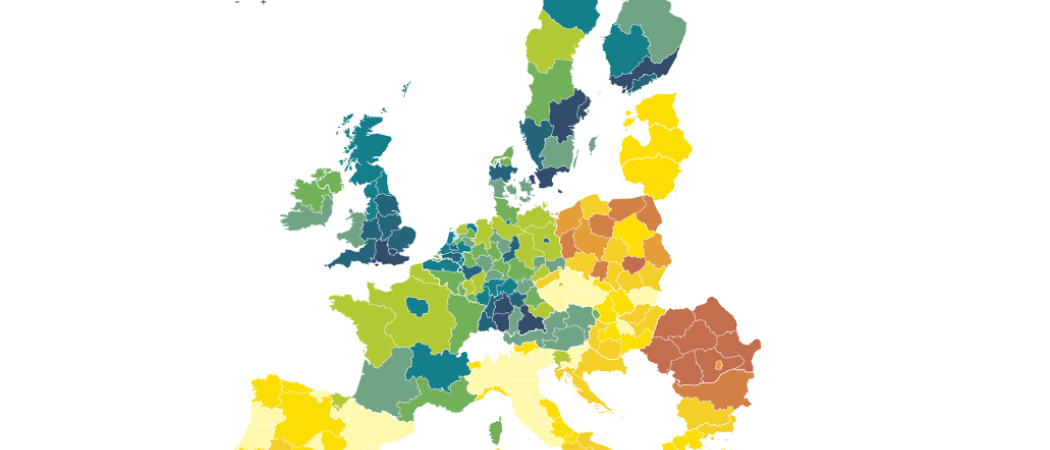The European University Association calls for an increased budget for the next EU framework programme, to boost success rates and to reduce the gap between member states

Europe’s largest university association, striving to bridge the gap in science and education between rich and poor countries, is urging the European Commission to provide more funding and continue to simplify the rules for participation in the EU’s next research programme, Framework Programme 9.
The changes would help more researchers from poorer member states access the programme and reduce the innovation gap between poorer and richer countries “without compromising excellence,” a report from the European University Association says.
Universities from across the continent have complained that the low success rate under Horizon 2020 – on average, about 14 per cent of applicants receive funding - has had a demotivating effect. “The low success rate [of Horizon 2020] is inhibiting and discouraging for a lot of universities,” EUA Vice-President Martine Rahier told a meeting at the European Parliament Nov. 9.
All instruments and initiatives should offer competitive salaries that are sufficient to attract and retain world-class researchers, regardless of the country. “We could use the Marie Curie model,” said Marcin Pałys, Rector of the University of Warsaw; he proposed that salaries under FP9 should be based on a common minimum level of remuneration instead of being tied to the average salary in the host institution.
The universities are also demanding supplementary funds for the engagement of emerging excellent scientists from less research-intensive member states in successful collaborative research teams, the report says.
Christian Ehler, a German member of the European Parliament speaking at the EUA event, agreed that the innovation gap is “one of the major challenges” for FP9 and that steps need to be taken to reduce discrepancies among countries in the EU. But he rejected the idea of a geographical allocation of funds.
One possible solution is applying more EU development money to research and education, rather than construction. Ehler said the European Parliament will ask for ring-fencing money for R&D from the structural funds, and propose a funding increase for ‘teaming’ projects.
Teaming is a special funding line in Horizon 2020 to encourage rich and poor research groups to collaborate. Another approach, also begun in the past few years, is awarding a ‘seal of excellence’ to project proposals that were rated highly in Horizon 2020 but for which no money was available; a few member states have so far agreed to fund some of those projects with their structural funds, instead.
“We have to have a proportion of the [structural funds] reserved for the seal of excellence,” Ehler said.
Ehler also recommended that universities also ask more from their governments, especially in countries where public R&D budgets have been cut. Most EU member states have failed to reach a target of spending 3 per cent of gross domestic product on R&D, “so the starting point is not very promising,” Ehler said.
Cutting administrative costs
Besides ring-fencing structural funds for R&D projects, another way of ensuring a level playing field for all countries would be to reduce the administrative costs of applying for an EU research grant.
The EUA said that FP9 should simplify the rules for the management of projects, as the full cost of participation in projects remains too high and often unaffordable for beneficiaries.
“I have a feeling that the institutions that have more experience and more money to spend on writing the projects are more successful,” Pałys said.
Universities also want the evaluation panels to have more members with multidisciplinary expertise, to better capture the societal impact of projects and ensure a better representation of the social sciences and humanities (SSH) in the programme.
The interim evaluation of Horizon 2020 shows that only 22 per cent of the estimated total budget for SSH-flagged topics went to SSH partners. Also, EUA data shows that SSH project partners often took on an auxiliary role in research projects.





 A unique international forum for public research organisations and companies to connect their external engagement with strategic interests around their R&D system.
A unique international forum for public research organisations and companies to connect their external engagement with strategic interests around their R&D system.